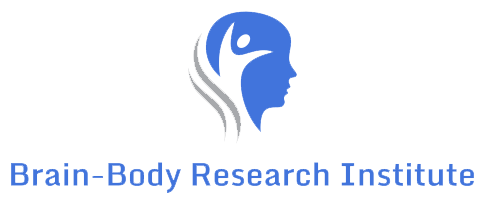RESEARCH PLAN
All research will be intended for peer-reviewed publication, with results available freely to the scientific community and to the sponsoring university. Initially, research will focus on expanding the founders’ current ongoing research on the relationship between inflammation and brain dysfunction, in particular neuro-inflammation and its relationship to chronic pain, depression and post-stroke recovery. As quickly as feasible, the Institute will engage in expanded research on the connection between neuro-inflammation and other brain dysfunctions.
As stated in the purpose, research will range from basic science to clarify specific processes, graduating to translational research to develop new diagnostic, treatment and prevention methods, all the way to pre-clinical and clinical studies, as and when particular diagnostic methods, treatments and prevention methods are suggested by earlier research.
Clearly the paradigm shift described opens many diverse avenues of research. The Board in conjunction with scientific and medical advisors and the Institute’s internal research team will decide what research pathways to pursue and which specific projects the Institute will undertake on an annual basis. As a not-for-profit agency, the Institute will make these decisions based upon long term potential impact, not on short term profitability.
The Institute will also devote a portion of its budget to hands-on education of other researchers and medical practitioners on the subject of the relationship between brain dysfunctions and systemic processes. Since some of these relationships have already been reduced to standards of care by the founders of the Institute and by others, the Institute will serve the public by educating medical professionals on proven, yet not-well-known methods for diagnosing, treating and preventing brain dysfunctions by altering inflammatory response and other metabolic processes. The proportion of the budget devoted to education will be determined on an annual basis by the Board with the advice of the Institute’s research team and with guidance from advisors, but will not generally exceed 25% of the budget in any given year.
